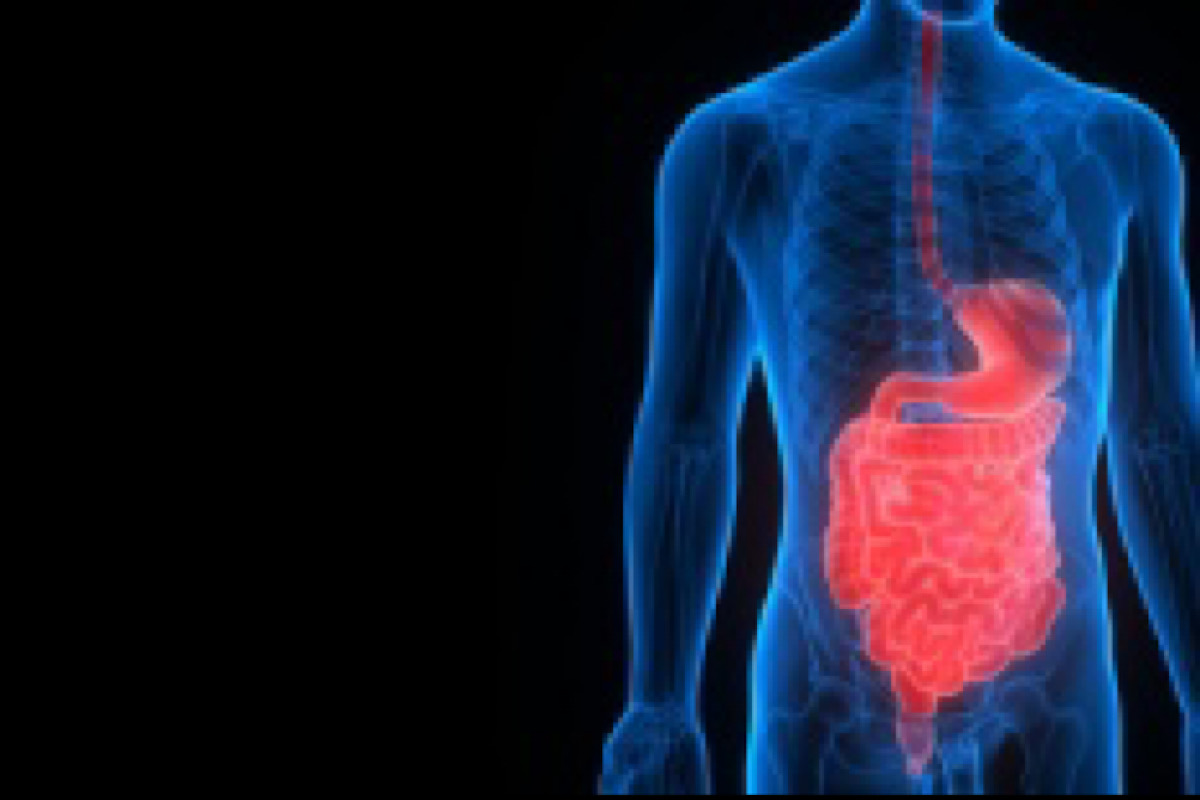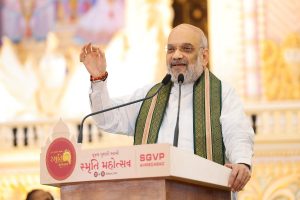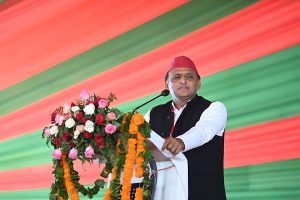Increased urbanisation is leading to a surge in inflammatory bowel disease (IBD) among young adults and even adolescents in Indians, according to the world’s largest population-based study on 30,000 symptomatic patients, published in the journal Lancet.
IBD is a chronic illness characterised by symptoms varying from bloody diarrhoea, weight loss, fever, fatigue, abdominal pain to anaemia, joint pain, skin problems among others.
“It is estimated that more than 15 lakh people in India are suffering from IBD but the true picture is not clear as we don’t have a large scale, population-based epidemiological study to understand the exact incidence rate,” said Dr. D Nageshwar Reddy, Chairman, AIG Hospitals, Hyderabad, in a statement.
“With the advent of globalisation, IBD made its entry into the developing world and today we are in the similar situation where the west was two decades back. The most problematic thing about the incidence of IBD especially in India is the age group that is getting affected and it is the active, working population between 20-40 years who are getting diagnosed more frequently,” added principal author Dr. Rupa Banerjee, Director, IBD Center, AIG Hospitals.
Further, the study showed that the disease is as prevalent in rural areas as in urban areas. In their study, the team of doctors in 2020 started a three year rural outreach programme 2.0, covering 150 villages across Telangana.
In their initial survey in 2006, IBD in rural areas was just 0.1 per cent. But now it “stands at 5.1 per cent, which is alarming”, Dr. Reddy said.
The incidence of IBD in India has been on an exponential increase over the past couple of decades, but it was mainly considered an urban disease like in the western countries.
However, “the study proves that IBD is no longer an urban disease rather it is slowly cementing its place in the rural household as well”, Dr. Reddy added. He explained that a multitude of factors are behind the rise.
“With increased urbanisation even in rural areas, the dietary habits changed. We can now easily find processed food items in villages. The adoption of western lifestyle too has contributed to a trivial western toilet seat replacing the conventional Indian-style seats which were more favourable to our human anatomy,” Dr. Reddy said.
In addition, “C-section deliveries coupled with lack of breastfeeding for the first six-months after childbirth devoids the child of the essential gut microflora. Excessive use of antibiotics during the neonatal stage also kills the gut bacteria. All these factors in culmination are responsible for not just increased incidence of IBD but we are seeing the same for other lifestyle diseases like diabetes, fatty liver, cardiovascular diseases as well,” he said.
To curb the rising cases, Dr. Reddy has asked the government to increase awareness about lifestyle diseases in rural areas in regional languages and at PHC levels, bring regulation on ultra processed food; focus on diet and exercise for the rural population too, and constantly monitor the rural population.











